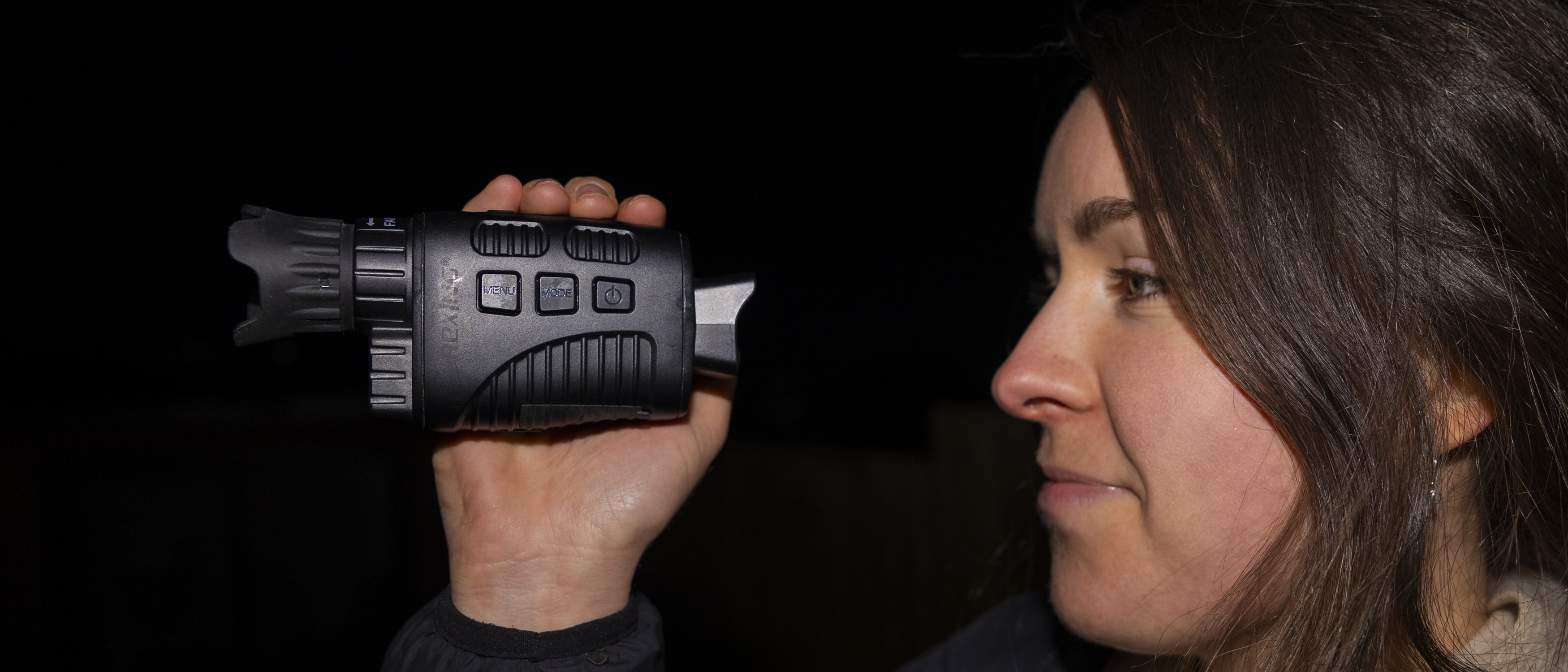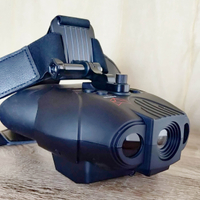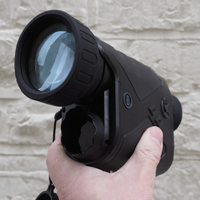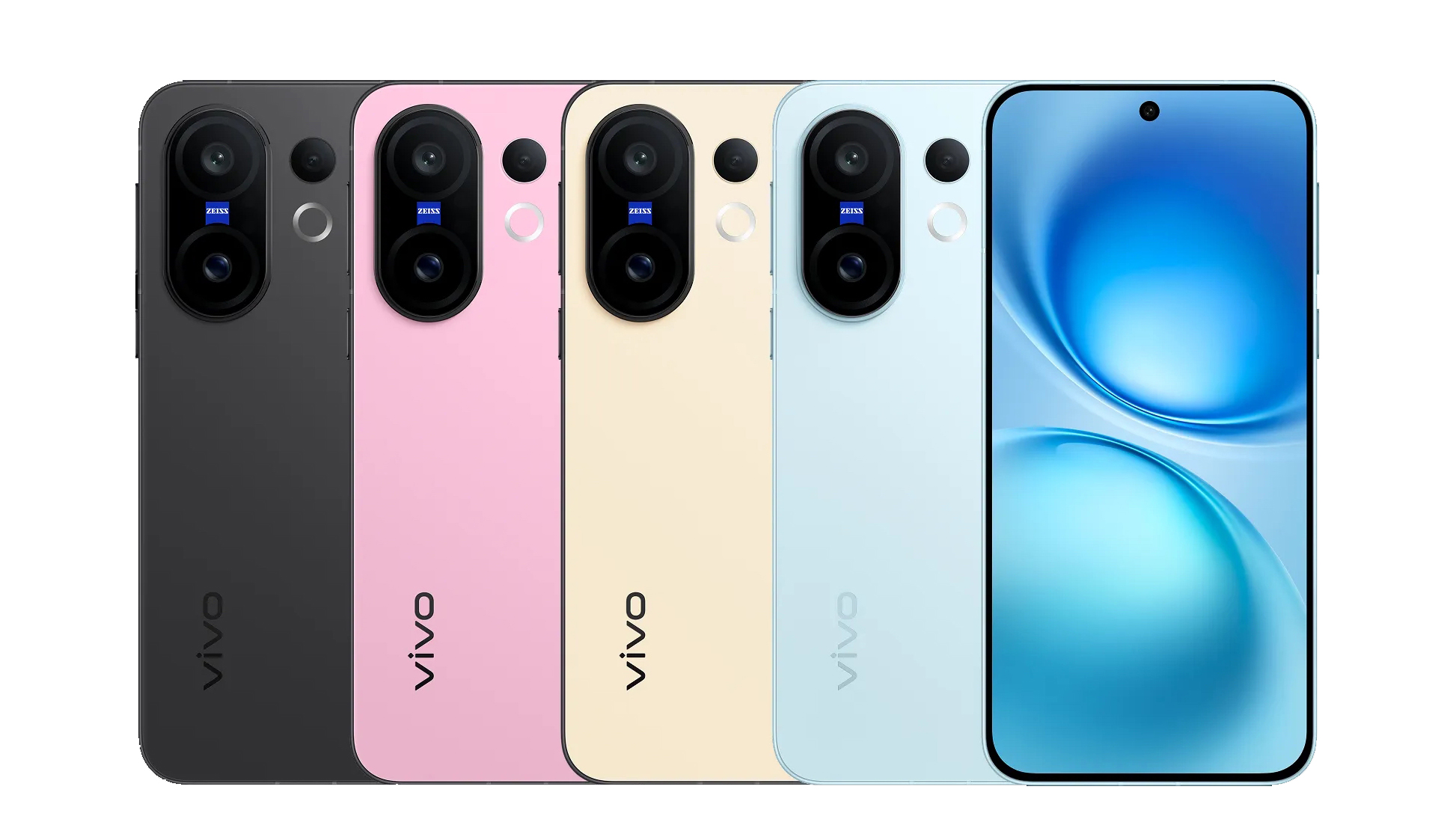Digital Camera World Verdict
The Rexing B1 Basic is a nifty little gadget for viewing scenes using infrared at night. The camera's image and video specs are primitive and give results too small to be used as anything other than record shots. But the footage is fine for animal identification and casual use – which I think is where this monocular exceeds. During testing, I found that the angle of view and small display made it tricky to locate the subject in the frame, and the focus is manual only, but that's not hard to forgive given such a reasonable price. If you need to see subjects at night (people or animals) and want something quick to deploy, the B1 Basic is a simple, slight and waterproof night vision option.
Pros
- +
So compact and comfortable
- +
Impressive infrared range
- +
Easy to use straight away
Cons
- -
Hard to focus on small screen
- -
Loud buttons may scare wildlife
- -
Tiny sensor gives grainy results
Why you can trust Digital Camera World
If you want to see in the dark, the best night vision goggles, binoculars, and monoculars can be a great investment. I often go camping, wildlife watching and dog walking after sundown (you can't avoid it if you live in the UK during winter). Because of my nocturnal hobbies, I've long considered getting an infrared monocular like the Rexing B1 Basic to view my surroundings and feel safer.
There aren't many reviews of the B1 Basic, meaning that for once, as a camera reviewer, I had no expectations going in. It's pitched as an affordable tool for night surveillance and can store and capture 1MP images and HD videos (limited to 960 30fps video) on a MicroSD up to 32GB (not included).
Rexing USA is a prominent brand in the dash camera market but makes a host of other camera-adjacent specialized gadgets, like trail cameras, fishing cameras and binoculars. Its naming conventions get confusing, though. There are also the 4K B1 Pro binoculars, B1 Mini binoculars and B1H night vision goggles in Rexing's lineup – and they look remarkably similar.
But while all use infrared lighting for night vision and can zoom in on faraway subjects, the B1 Basic works up to 200m (650ft), with a 10x optical zoom and f/1.2 25mm lens. It was released in 2020 and is an entry-level 'monocular' for hunting, hiking, camping, surveillance or just navigation when you find yourself in a poorly lit location.
The manufacturer is known for making lower-price point photography products for hobbyists, and the B1 Basic is one of the cheapest monoculars available. But is it cheap and cheerful? Or cheap... and a bit useless? I tested it out on my nighttime activities for several weeks to find out.
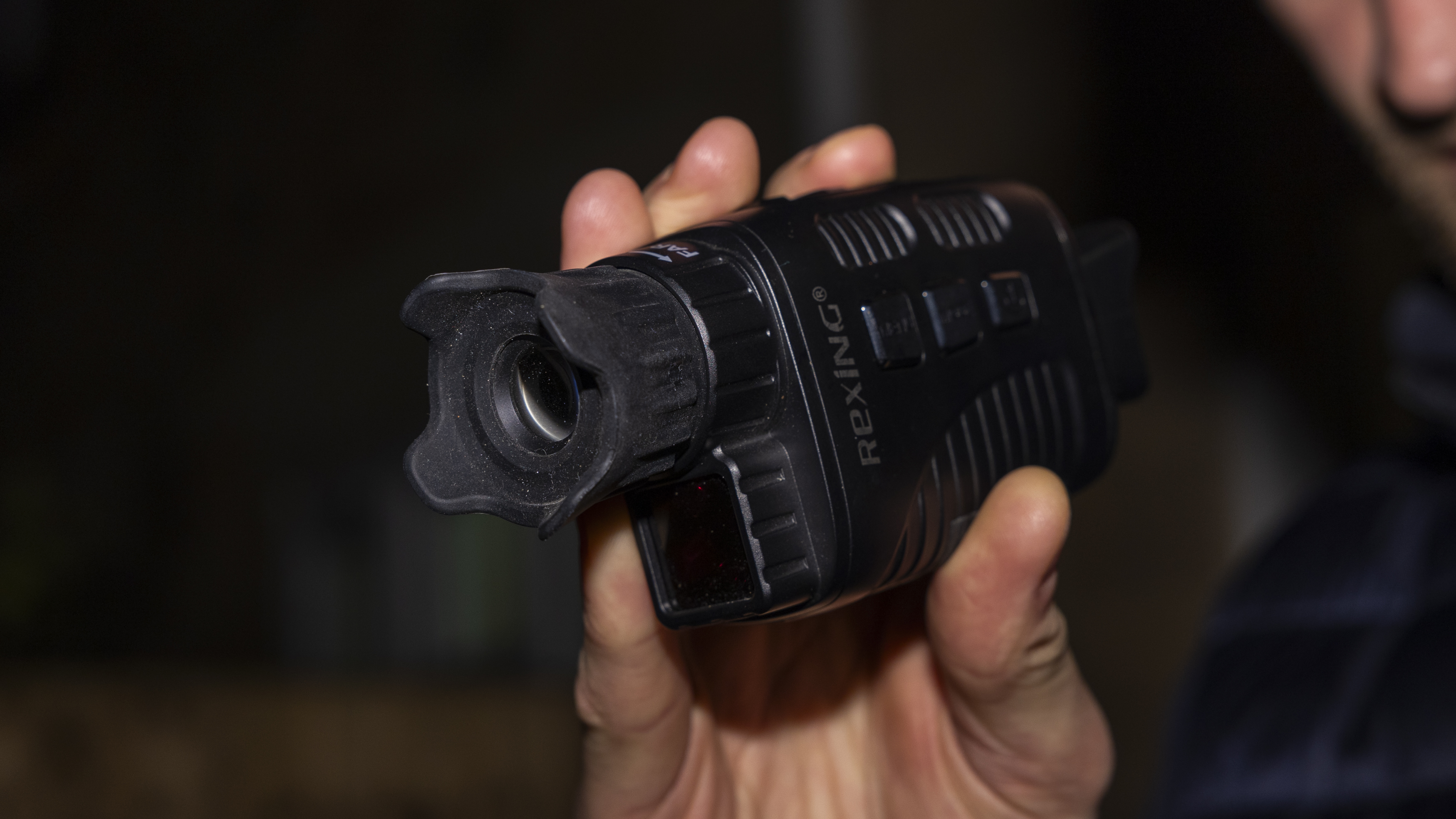
Rexing B1 Basic: Specifications
| Photo resolution | 1MP (1280x960) / (640x480) |
| Video size | 1280 x 960, 30fps / 640 x 480, 30fps |
| Display | 1.5-inch TFT LCD |
| Viewing distance | 150-200 meters (full dark), 3M~infinity (daylight) |
| Zoom | 10X optical, 4X digital |
| Memory card | Micro SD, up to 32GB |
| Power | 7.5V, 5 x AA batteries |
| Size | 149 x 63 x 49mm |
| Weight | 170g (10 oz.) |
Rexing B1 Basic: Price
The Rexing B1 Basic costs around $140 in the US and £250 in the UK. Significantly cheaper than most other night vision binoculars on the market, it offers an affordable way to buy an infrared digital camera. However, that value for money decreases when you think about the image quality you get from the tiny sensor. There are also even cheaper, unbranded models on Amazon, which have backlit buttons for easy handling in the dark.
Rexing B1 Basic: Design & Handling
The B1 Basic is built for extensive outdoor use, with an IP56 rating that officially means it's protected from dust ingress and powerful water jets from all sides. In practice, this translates to excellent weather-sealing, and a tool that can be used in rain and other wet conditions – although it is not submersible.
The B1's footprint is the same as my iPhone 15 Pro (although it's much deeper), making it perfect for stashing in a backpack or pocket when exploring. It fit in my Barbour jacket over the weeks of testing and was therefore always at hand when I wanted to investigate an animal noise or find my way down a dark footpath.
Built like a mini camcorder, with an adjustable strap on the side for your right hand, it's comfortable to use and hold steady. It's a shame there's no attachment for a neck strap, though, as it's light enough for this and would give some added security against dropping it in the pitch-black. Rexing does say there's shock resistance should this happen, but it's hard to know how well it'd fare against rocky ground at standing height.
The exterior is made from matte black plastic, which doesn’t exude luxury but certainly feels solid enough for amateur use. My only real concern about the design is the flimsy rubber cover that locks in the microSD card port and micro-USB. Given its IP rating, this flap looks like a danger point for dampness and dust to creep in.
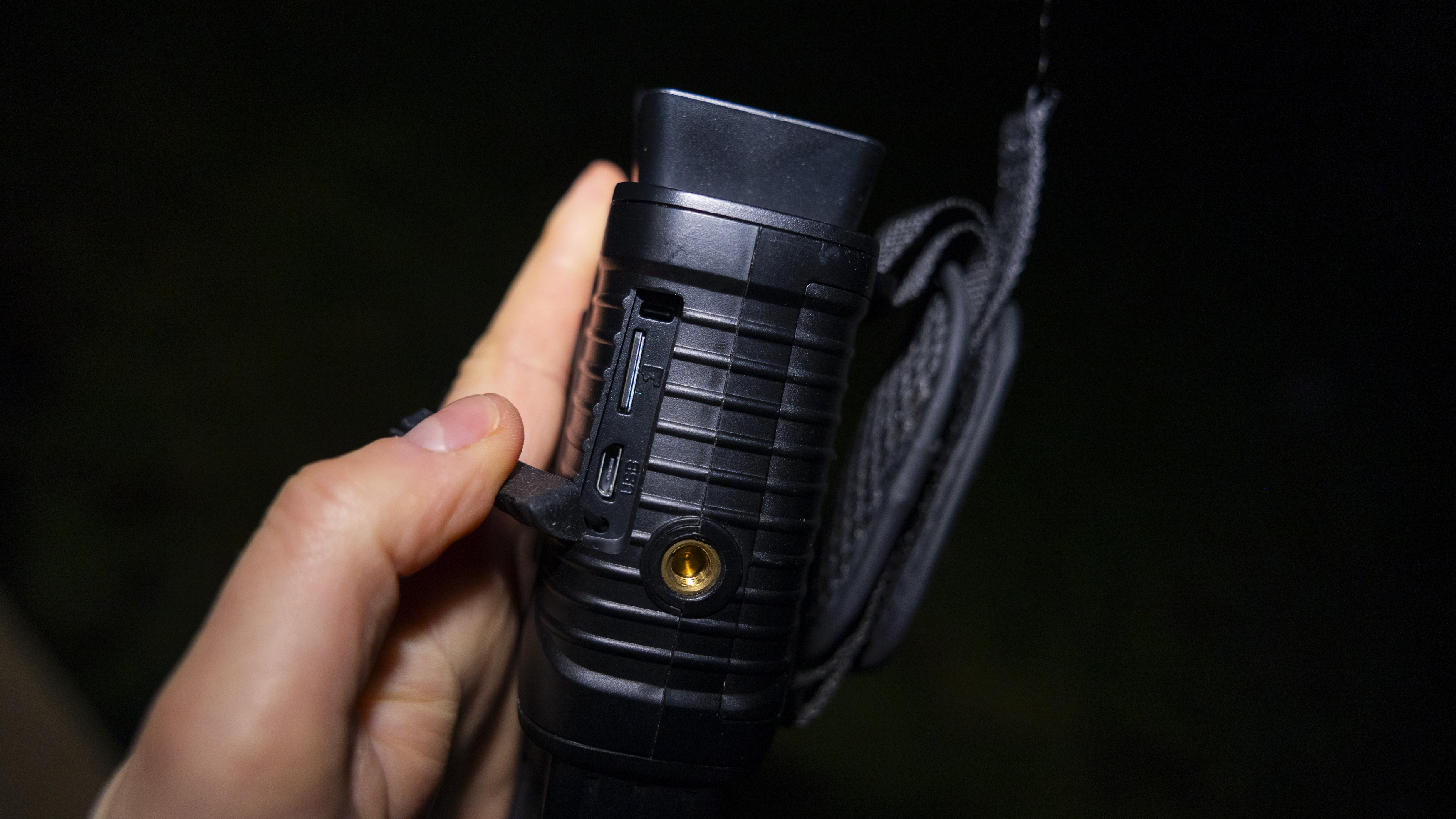
The controls are few, with six buttons in total. Up top and front is the shutter button to take a photo or start a video recording, followed by two buttons to increase or decrease the zoom. On the left is a power button, a mode button to switch from stills to video and playback, and the menu.
The buttons are raised, smooth, and solid rather than rubberized. Unfortunately, they're all the same size and have black labels, which makes them difficult to identify in the dark without a torch or phone light. They also produce a noticeable clicking sound when pressed, which might be a concern for whisper-quiet activities like wildlife tracking. However, their distinct feel does make them easy to locate by touch once you've memorized their positions.
The lens of the B1 Basic requires you to focus it manually like a pair of binoculars, and a smooth rubberized ring allows the focus to be fine-tuned from near to far in smooth increments. Checking the focus (and footage) is more of a challenge on the LCD, which is bright and clear but on the small to check whether an image is critically sharp.
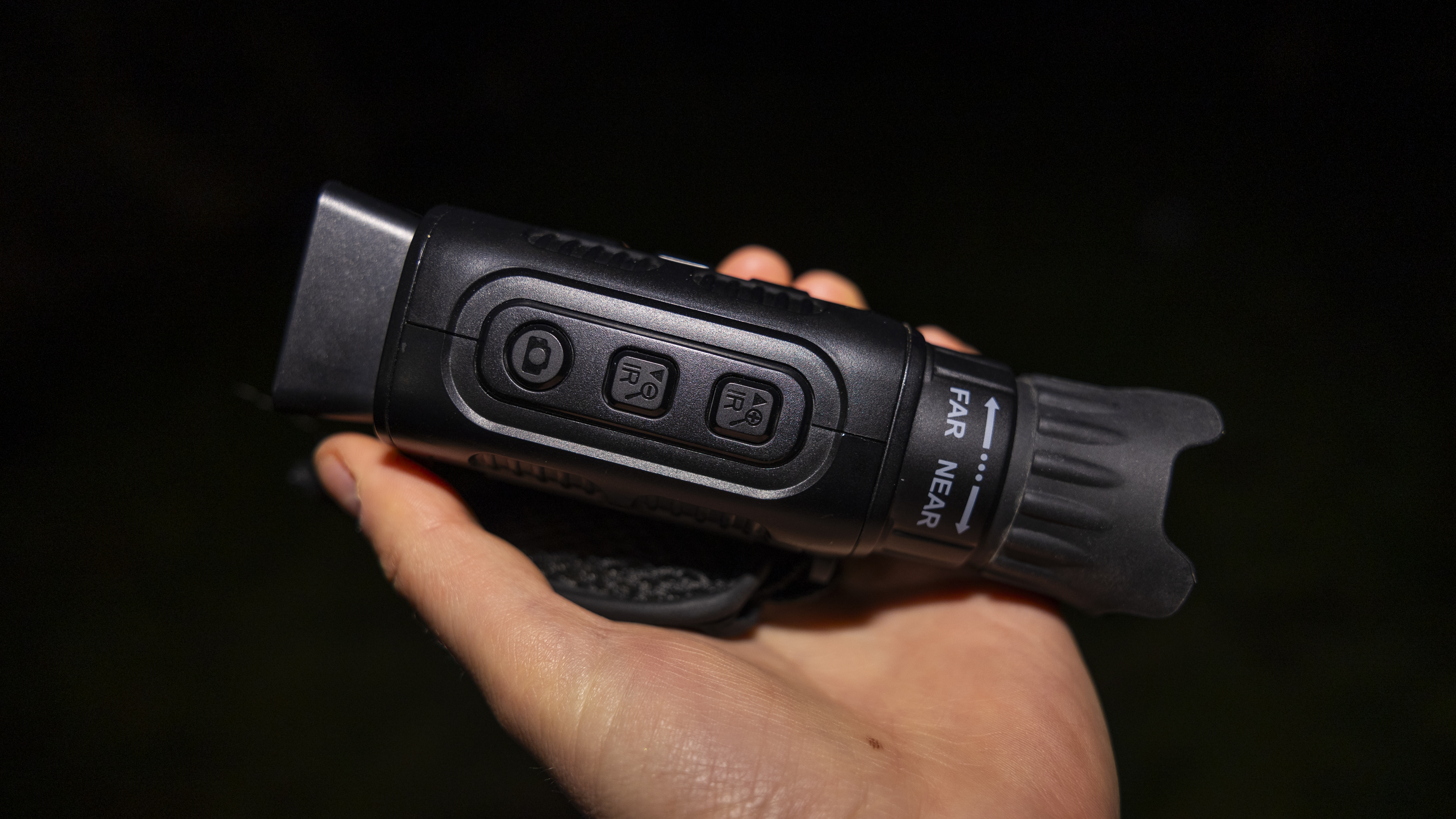
Despite its name, the B1 Basic monocular is designed for use with two eyes rather than holding it up to one eye and peeking through. I don't wear glasses, but I wonder if the display's fixed focus might be an issue for eyeglass wearers, requiring them to hold it at an awkward distance.
Overall, operating the Rexing B1 Basic is delightfully simple. Powering up takes a few seconds, but there's nothing you have to set up or optimize before you can start capturing footage. Total beginners should have no trouble using it, but Rexing provides a clear instruction manual if you need more guidance.
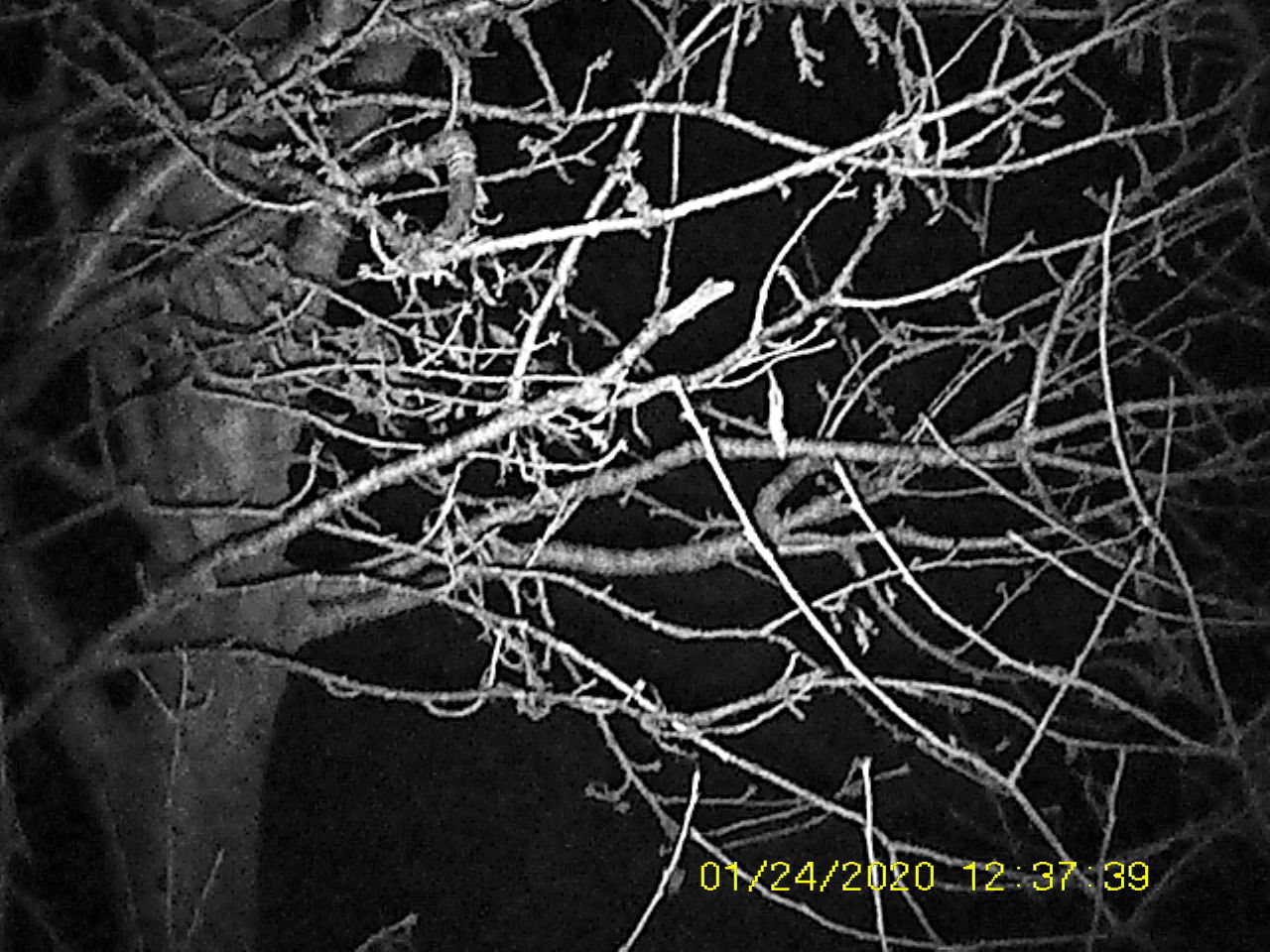
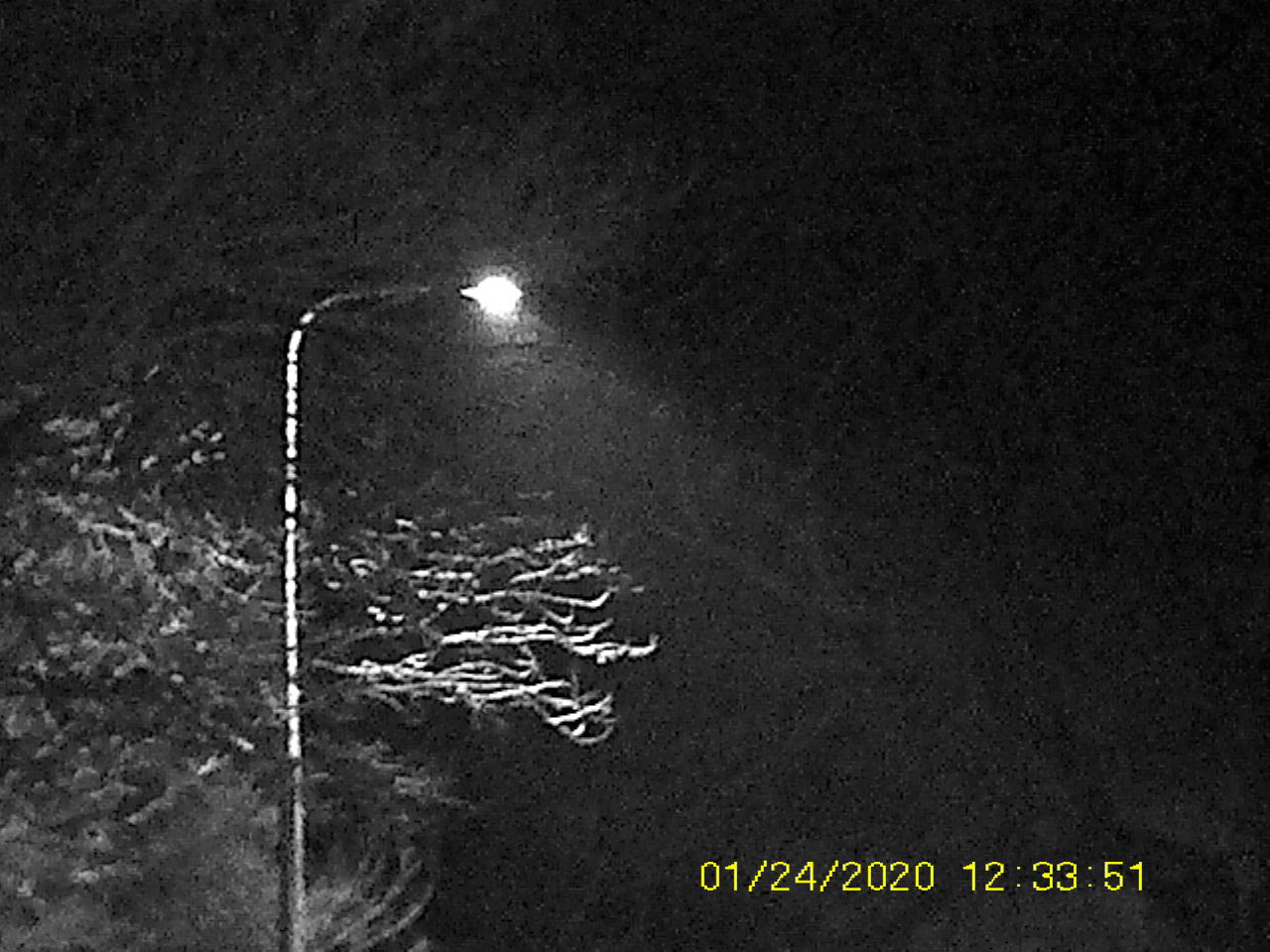
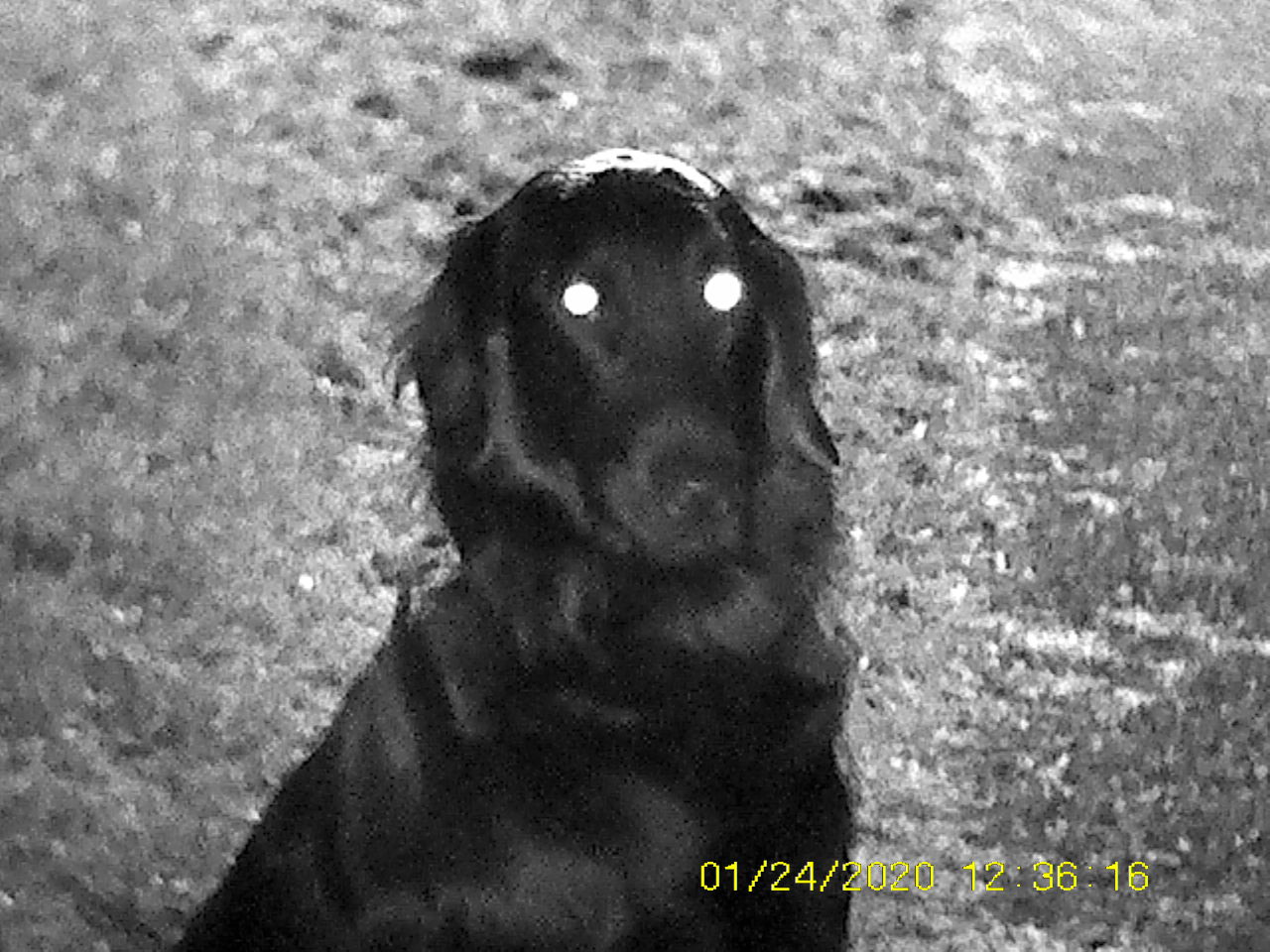
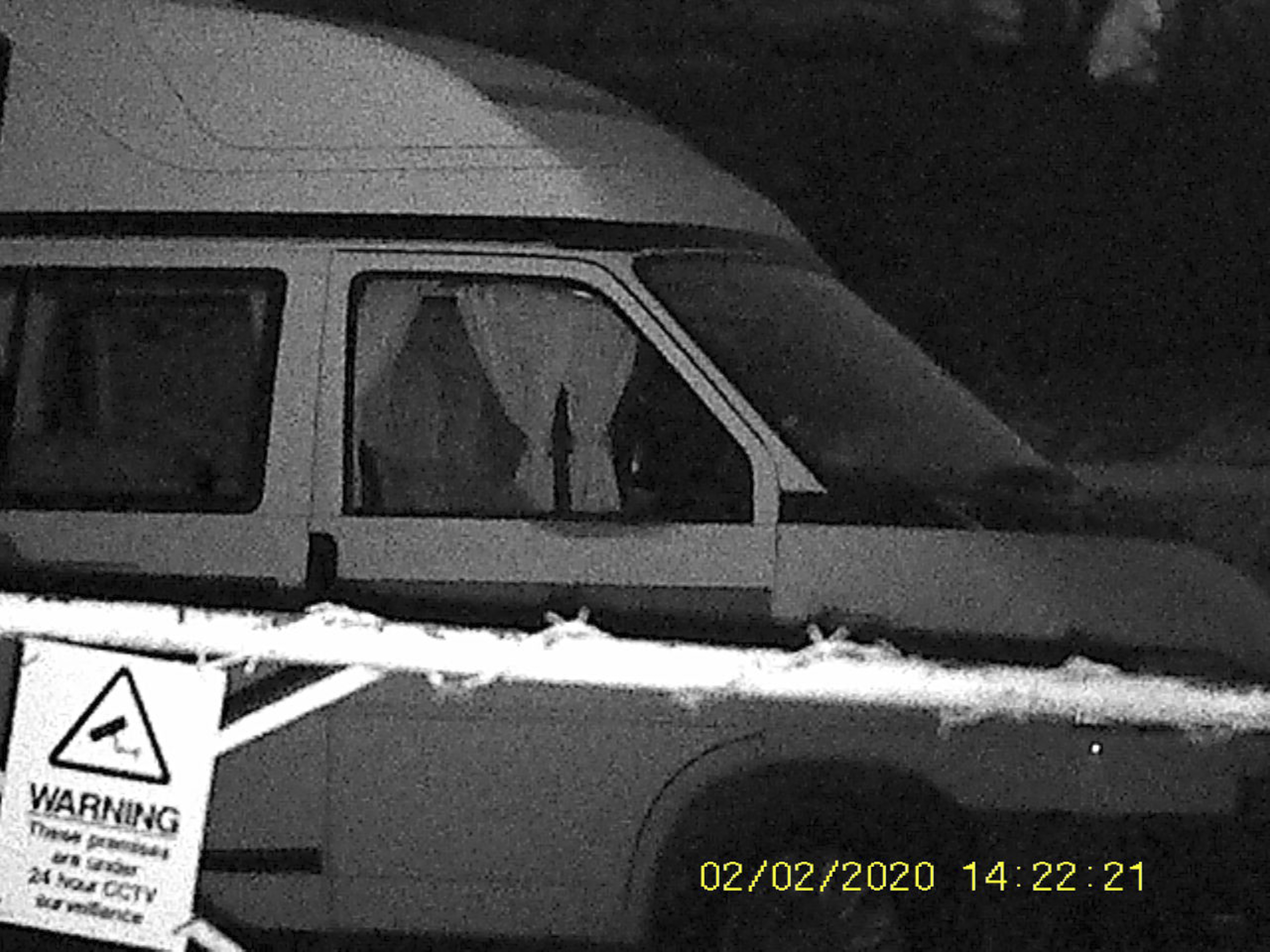
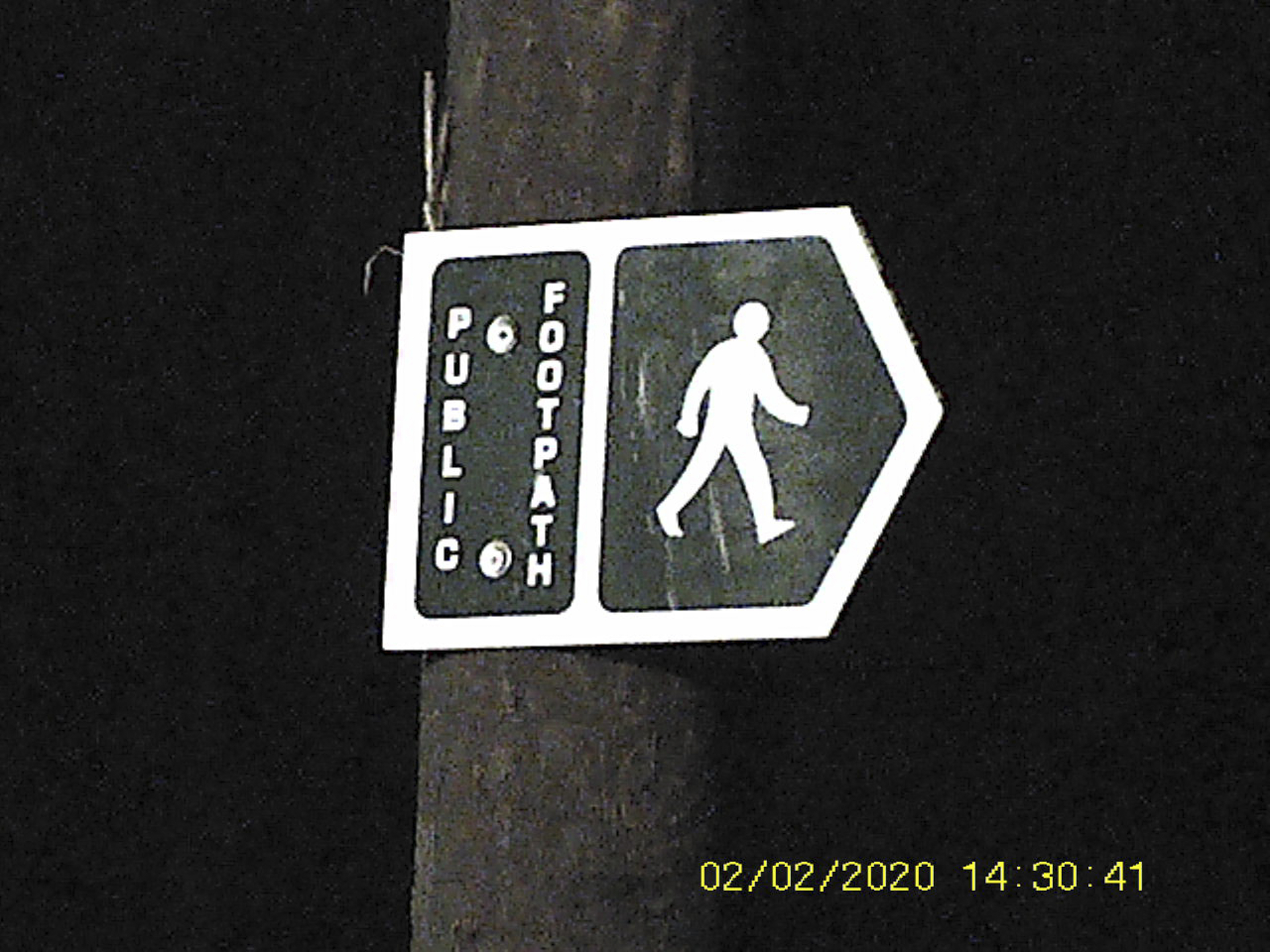
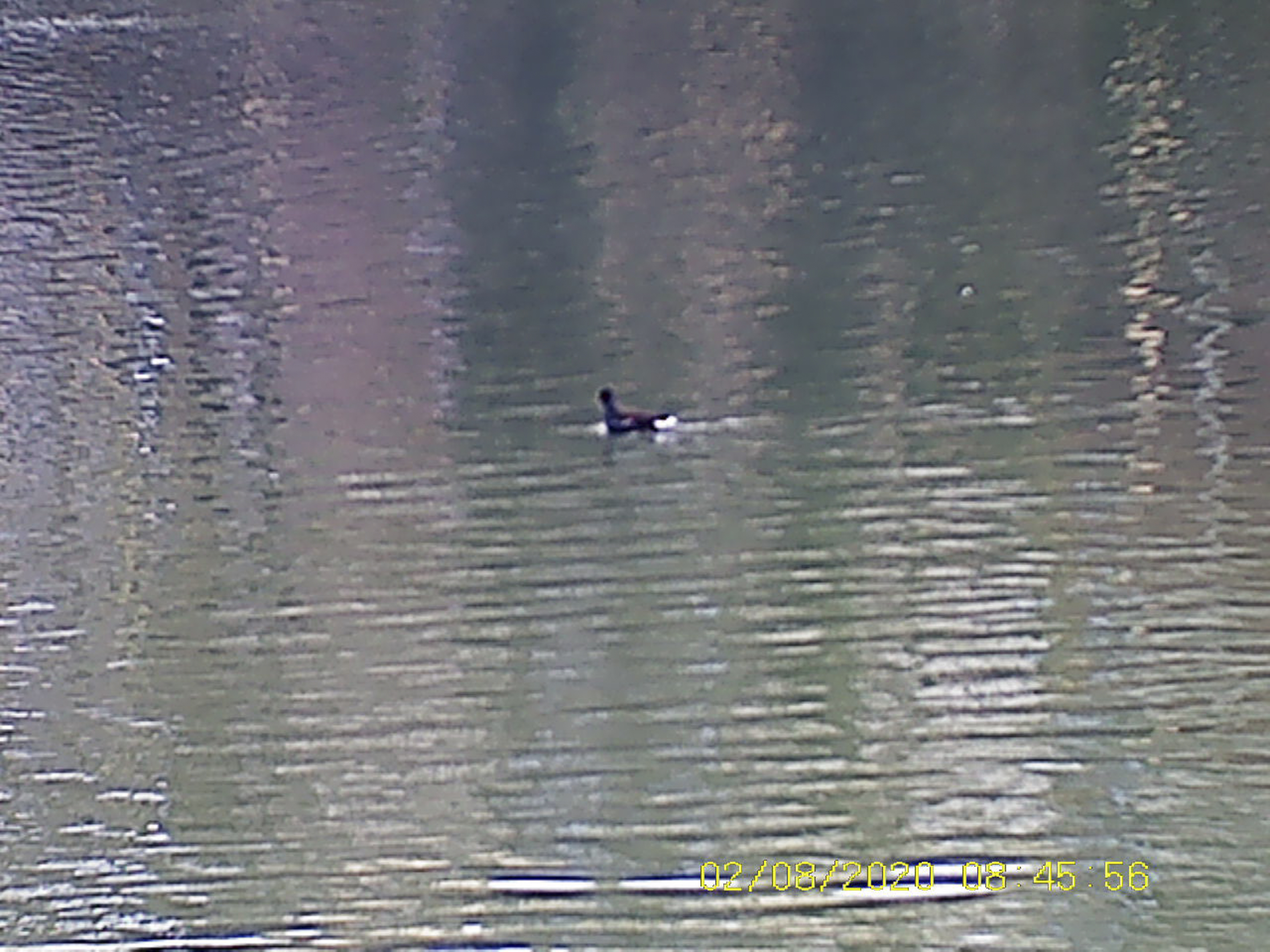

Rexing B1 Basic: Performance
If I mark performance against what it's designed to do, I can't harshly criticize the Rexing B1 Basic. You can't adjust the image settings apart from lowering the resolution – and I'd recommend against that – or tweaking the night vision sensitivity. And that's a good thing because this camera is ready to use as soon as you've added the batteries and MicroSD card and updated the timestamp (something I forgot to do, as you will see from my sample video and stills). It's refreshing to use a camera with so little prep or faff.
That said, it takes time to get used to how much you need to adjust the distance of the IR light when you're out at night. But again, this is very straightforward thanks to the plus and minus buttons on the top of the unit. The zoom function is also enabled with these two buttons, and holding these down enlarges the image fairly smoothly. At the far end of the zoom end, the picture gets incredibly grainy and reminds me of my first mobile phone camera, but it's a useful range for bringing small birds or faraway objects into clearer view.
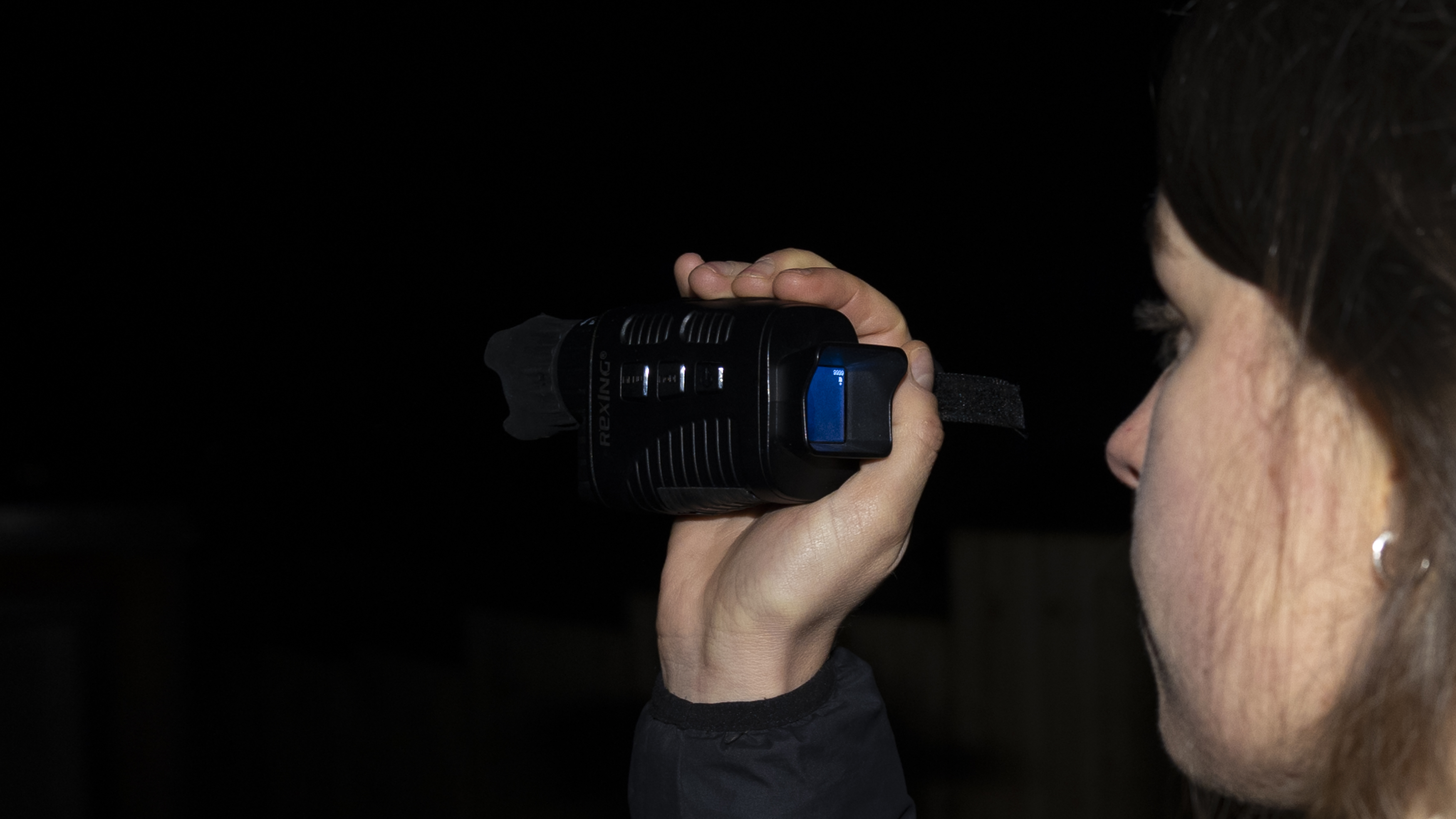
Focusing is completely manual on the B1 Basic. The focus mechanism, which involves rotating the rubber lens, doesn't make it quick, either. The focal range is like being zoomed in at all times, and the screen is small and square, meaning it often took me a while to get the right area of the scene in the frame. I haven't found the same when holding a pair of binoculars up to my eye, as the viewing angle is more natural.
What's great is how bright the screen is, a positive for distinguishing between subjects amongst a dark background, playing back footage and monitoring it while walking. However, at quite a low resolution, I sometimes found it hard to check whether the image was in focus.
Without any built-in stabilization, the footage from the B1 Basic monocular is hard to keep steady – although the tripod mount on the bottom will solve this if you're filming in one place. The footage isn't unwatchable or unusable for identifying subjects, but you should expect some wobbling unless you have a very still hand.
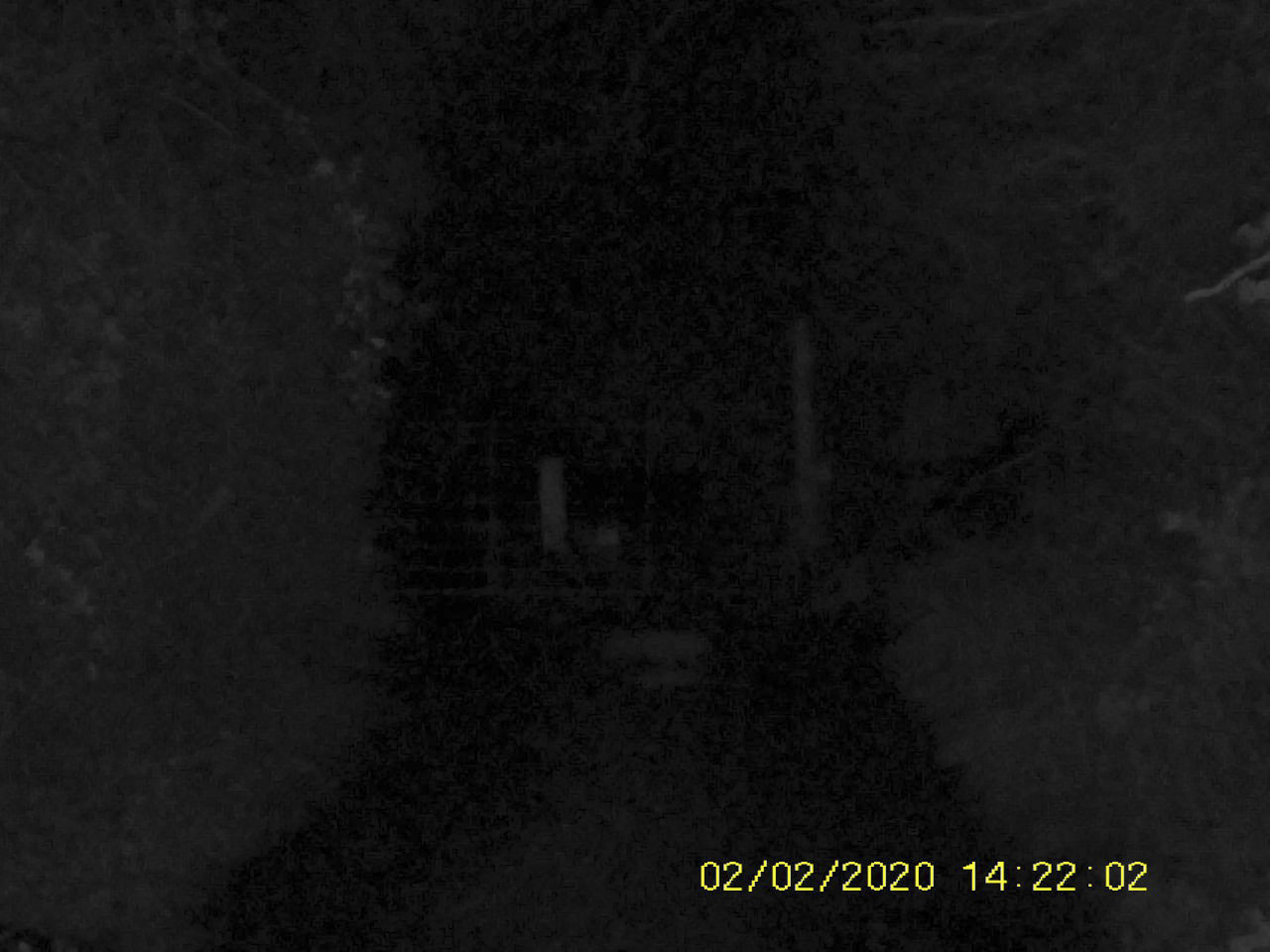
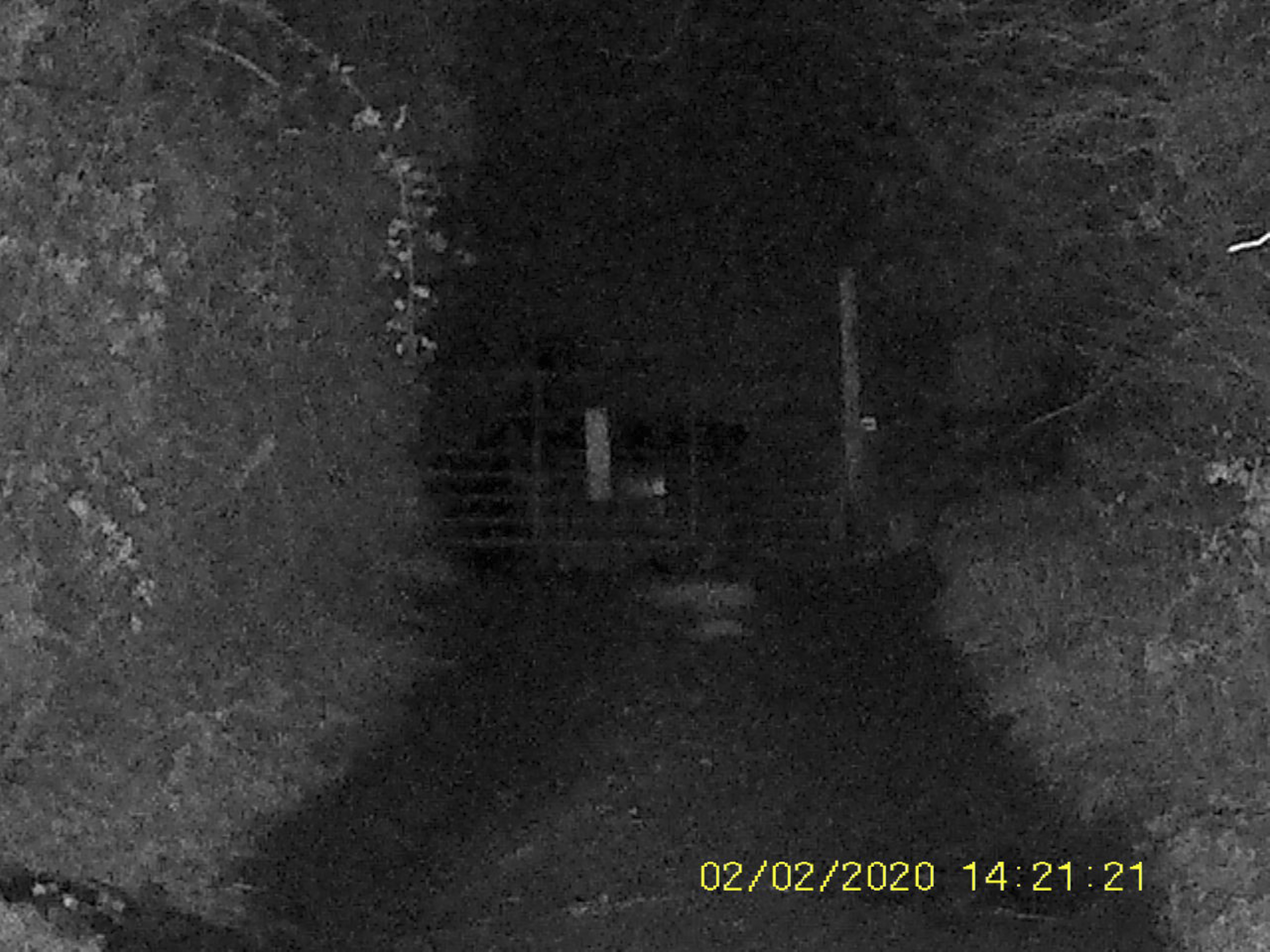
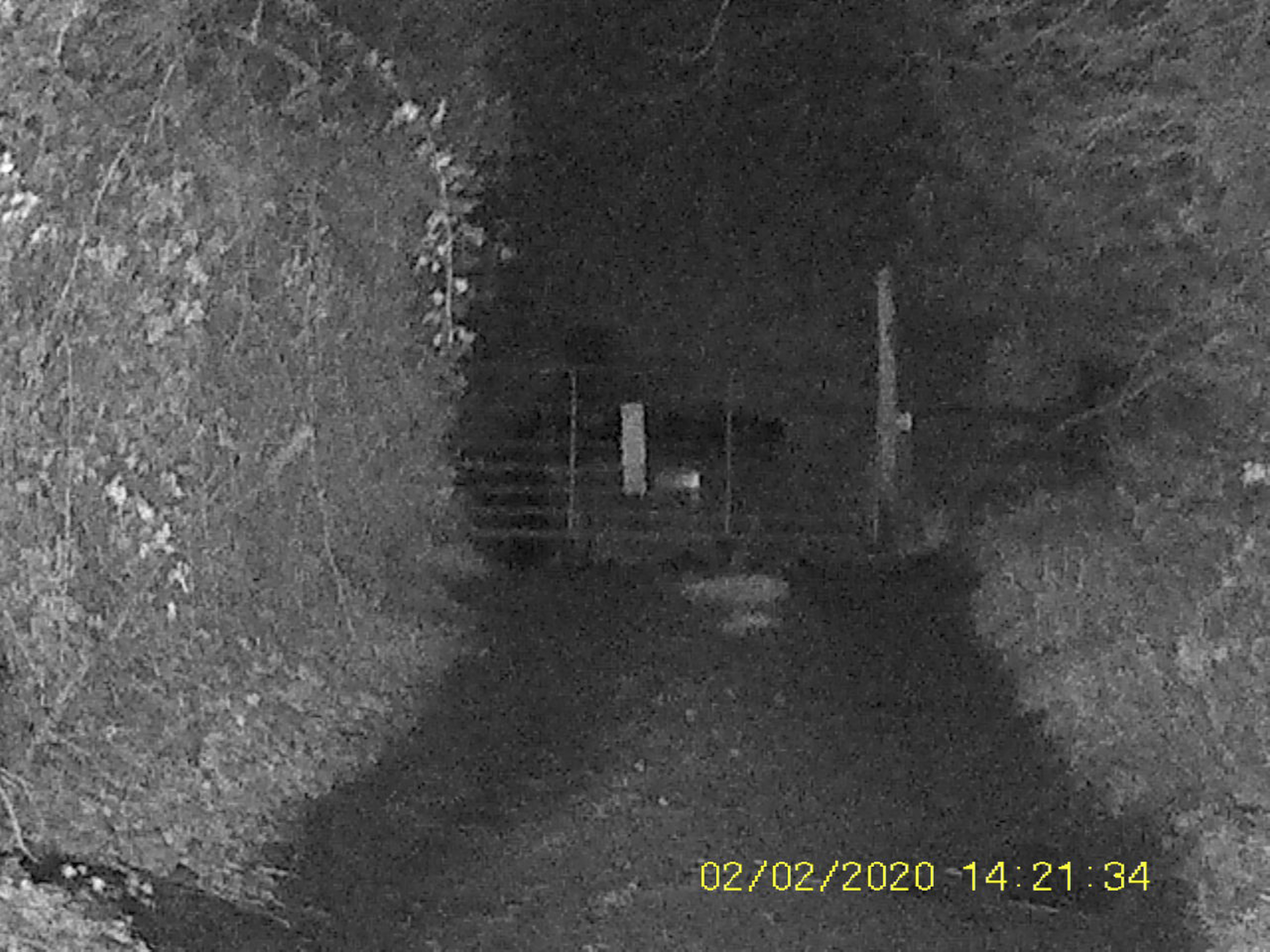
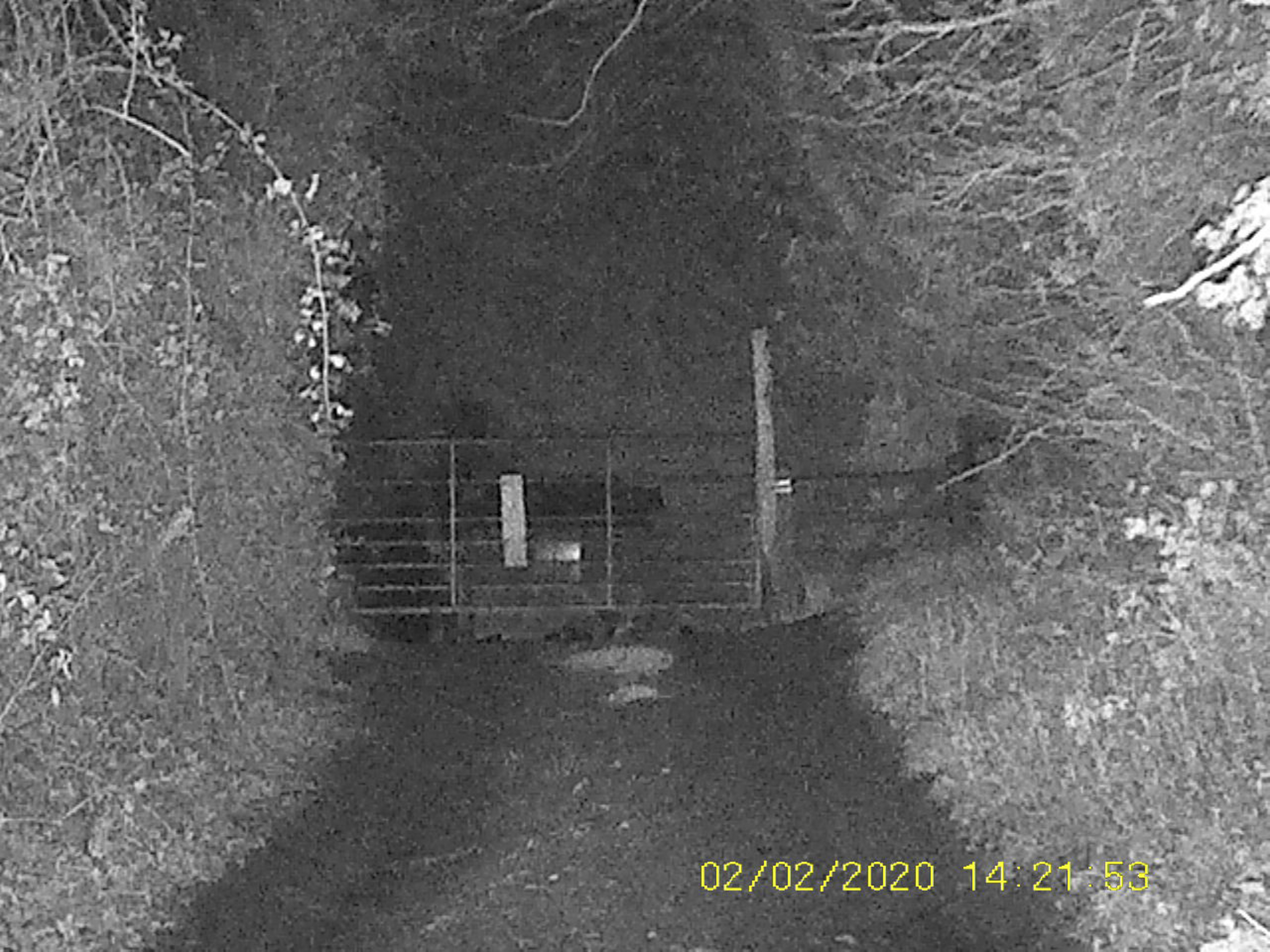
This monocular is designed for viewing subjects in the dark up as far away as 300 meters (984ft), and it excels at that job. One evening, I asked my partner to stand at the other end of a 400-meter sports field, and he was still visible with the strongest infrared setting, even if his shape wasn't as distinct at half that distance.
The B1 Basic let me view foxes in my parent's garden, even if they had run away before I could get a focused shot. It also enabled me to see footpaths and branches clearly when I was caught on a walk in the woods after sunset one evening.
This compact gadget doesn't promise to track or focus on animals, to recognize them with AI software, or to adjust any settings for chances of a batter shot. In short, the Rexing B1 Basic fits exactly its name. It's a simple, useful, if not particularly impressive, digital night vision binocular at a low price.
Rexing B! Basic: Sample video
Above: sample video show with Rexing B1 Basic
I used the Rexing B1 Basic at the maximum image resolution (1MP) and 960p, 30fps video capture. I tried out the full zoom range, infrared strengths and also took images in daylight with the infrared light off.
Rexing B! Basic: Final verdict
The Rexing B1 Basic is a genuinely helpful tool, worth buying if you enjoy wildlife watching at night (or go hunting) as well as outdoor adventures like camping. I think it would also be an ideal companion for astrophotographers, where walking to the right shooting location might be in pitch black and over calamitous terrain.
I found the B1 Basic best for viewing and monitoring my surroundings, rather than taking photos to keep. And that's because the quality and size of the 1MP CMOS sensor is as basic as its name suggests. The images are fine for identification purposes, but it's time-consuming to refocus and reframe.
Still, this is a good option if you need basic night vision capabilities on a budget, want a super simple setup and don't require the highest level of performance or durability. Think of it as a decent night viewer with the added benefit of a camera, and you (probably) won't be disappointed.
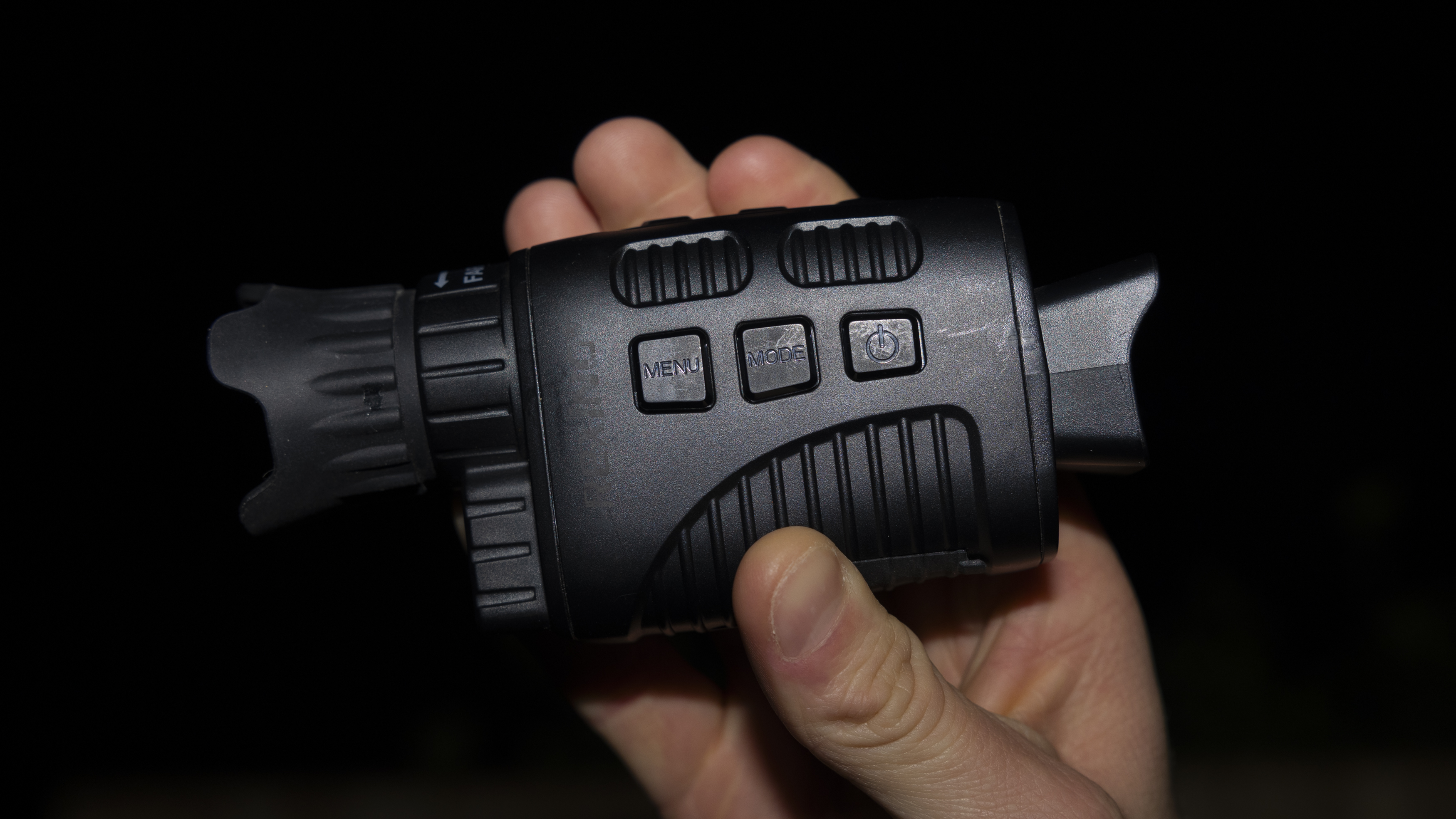
| Features | No features to speak of, but the infrared imaging works as it should. | ★★★☆☆ |
| Design | Well-built to withstand moisture, and comfortable, but the screen is small. | ★★★★☆ |
| Performance | The stills and video quality is fine for observation and identification, but small and grainy. | ★★★★☆ |
| Verdict | Great infrared reach for the price, just hard to focus and track. | ★★★★☆ |
Should you buy the Rexing Basic B1?
✅ Buy this if...
- You want something quick to deploy for occasional use.
- It's important to have something light and compact.
🚫 Don't buy this if...
- You're after serious wildlife spotting, as the field of view is limiting.
- You've got the budget for military-grade waterproofing and specs.
Alternatives
Nightfox Swift 2
These night vision goggles are also ideal for beginners but have a totally different design. The head mount means you can go hands-free, although the 1x magnification might limit what you can spot. Read more in our full guide...
Bushnell Equinox Z2 6x50
More expensive, advanced and smart than the B1 Basic, the Z2 offers a 300m range and Wi-Fi control through a mobile device. It's also around five times as heavy, so isn't ideal for portability. Read the full review…

Lauren is a writer, reviewer, and photographer with ten years of experience in the camera industry. She's the former Managing Editor of Digital Camera World, and previously served as Editor of Digital Photographer magazine, Technique editor for PhotoPlus: The Canon Magazine, and Deputy Editor of our sister publication, Digital Camera Magazine. An experienced journalist and freelance photographer, Lauren also has bylines at Tech Radar, Space.com, Canon Europe, PCGamesN, T3, Stuff, and British Airways' in-flight magazine. When she's not testing gear for DCW, she's probably in the kitchen testing yet another new curry recipe or walking in the Cotswolds with her Flat-coated Retriever.
You must confirm your public display name before commenting
Please logout and then login again, you will then be prompted to enter your display name.
